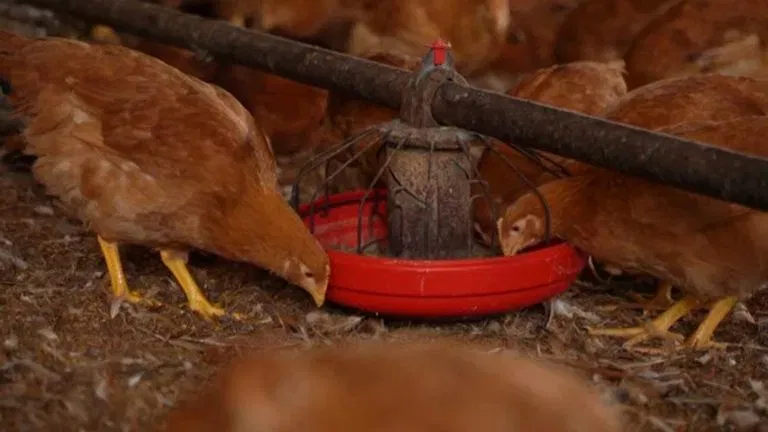Share This Article
With migratory waterfowl back for the cold seasons, Oregon is the first state to report new spike in avian flu detections during fall migration.
Avian flu and mortality in wild birds being seen again in the state, especially with cackling geese flocking in the Willamette Valley. Highly Pathogenic Avian Influenza (HPAI) was first detected in wild birds in North America in Dec. of 2021 and was first spotted in Oregon in May 2022.
According to Oregon Fish and Wildlife, this specific strain of the virus (H5N1) did not disappear by the following spring like the outbreaks before it in 2005 and 2014-15.
The H5N1 strain continues to circulate among wild birds, backyard poultry flocks,dairy herds and other livestock. It was discovered that it is also infecting pigs in Oregon and farm workers in 14 states.
Waterfowl such as geese, ducks and swans are the natural host of avian influenzas, which makes it easy for the virus to move throughout North America during their spring and fall migrations. In Oregon, most mortality in wild waterfowl occurs in cackling geese, especially young birds.
Many low pathogenic strains of avian flu can naturally occur in wild waterfowl, but detections of highly pathogenic strains in wild birds are less common. HPAI does not typically cause large-scale mortality in wild birds but frequently causes severe illness in domestic chickens and turkeys.
The H5N1 strain has caused increase mortality for wild waterfowl (especially geese), shorebirds, raptors and vultures. So far there are 10,400 confirmed cases in 153 species of wild birds throughout the U.S.



